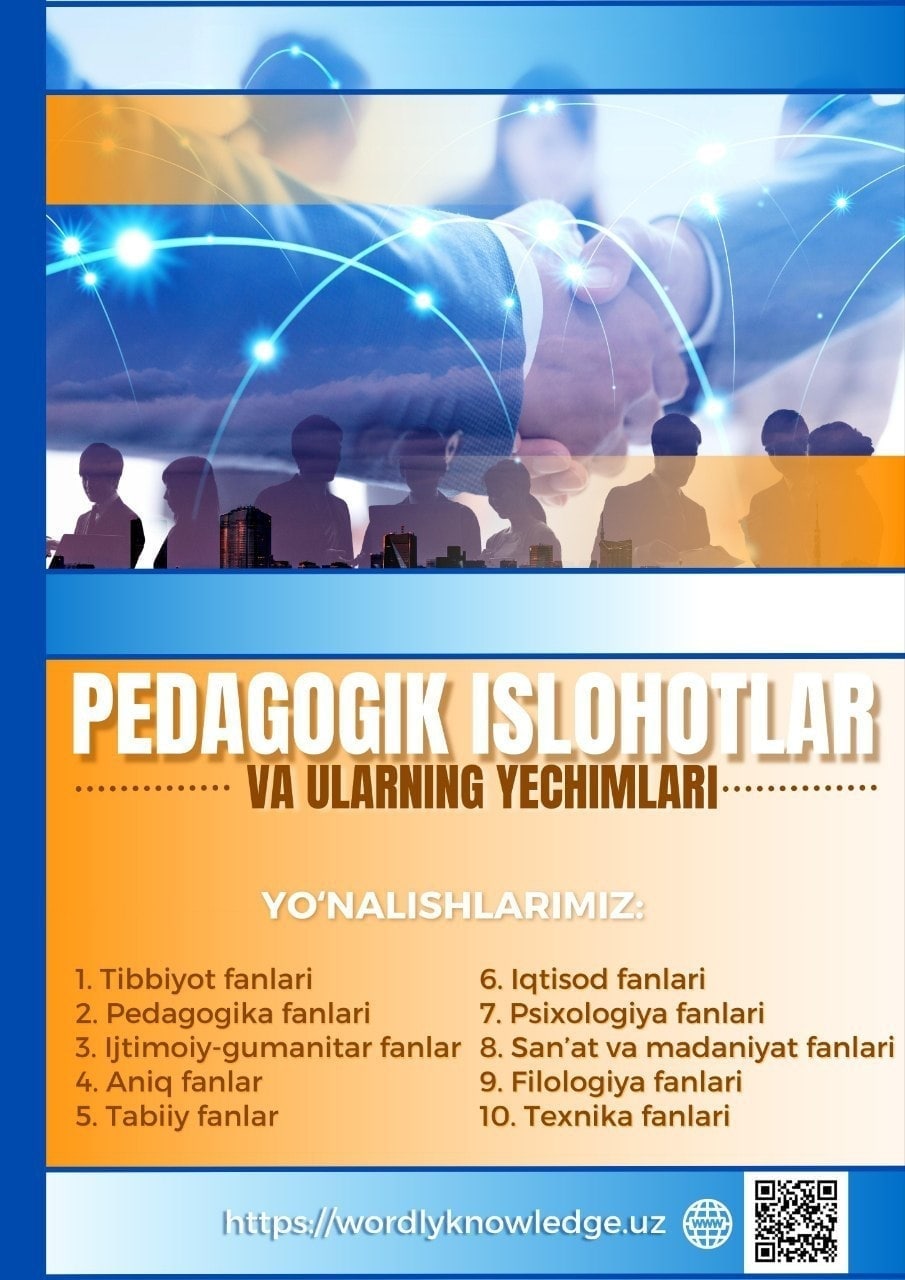"ENGAGING MINDS AND BODIES: THE POWER OF TOTAL PHYSICAL RESPONSE IN LANGUAGE LEARNING
Abstract
Total physical response, or physical response is a useful method that uses to make easier learning processes, such as learning new words and phrases. This approach aligns with the way young children naturally learn language by listening and responding physical before they begin speaking. Total physical response can help make language learning more interesting and understandable. In Total Physical Response, teachers give commands in the target language and pupils respond by performing the corresponding physical action. For example, if a teacher says, "Sit down" the students sit down, or if they say, "Look at to the blackboard" the students look at to the blackboard. This approach helps students associate words with actions, which reinforces language comprehension through active participation
References
Asher, J. J. (2009). "Learning Another Language Through Actions" (7th Edition). Publisher: Sky Oaks Productions.
This is the foundational text for TPR, written by its creator. It provides an in-depth explanation of the method, strategies for implementation, and research support.
Cameron, L. (2001). "Teaching Languages to Young Learners". Publisher: Cambridge University Press.
Explores strategies for teaching young learners, including TPR and the use of music, games, and storytelling.
Cameron, L. (2001). "Teaching Languages to Young Learners". Publisher: Cambridge University Press.
Discusses how integrating movement and music in TPR aligns with kinesthetic and musical intelligences.
Murphey, T. (1992). "Music and Song". Publisher: Oxford University Press.
Focuses on using songs for language learning, highlighting techniques for combining music with action-based learning.
Slattery, M., & Willis, J. (2001). "English for Primary Teachers". Publisher: Oxford University Press.
A practical guide for teaching English to young learners using interactive methods, including TPR and songs.




